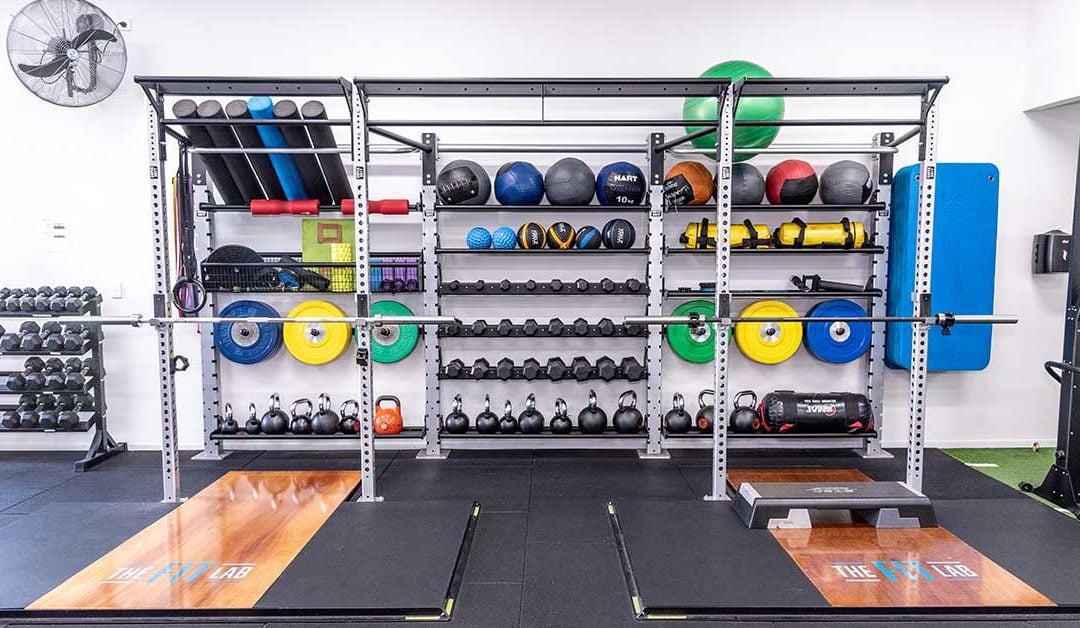Rates of individuals diagnosed with a type of diabetes is becoming increasing common. The Australian Bureau of Statistics (2016) recorded an approximate 5.1% of the Australian population being diagnosed with some form of diabetes, with a diagnostic rate increase of 0.7% between 2014-15. Two of the most commonly diagnosed conditions are Type I and II Diabetes Mellitus. Type I is an auto-immune disease, where the cells in the pancreas are actively destroyed by the body’s immune system, preventing the production of insulin. Type II is a progressive condition; the body either gradually becomes resistant to the effects of insulin or loses the capacity to produce insulin as required.
Diabetes has commonly been managed with a drug – Metformin. How so? Its action in the body allows for reduced sugar production, while also assisting in increasing the insulin sensitivity of the cells in our muscles. This is increasingly helpful for our Type 2 diabetics and their adaptation to insulin effects. Research supports the use of Metformin in diabetes management, however it is trumped by an alternate management option.
Lifestyle modification is a huge facet to the management of this condition. Research supports the use of diet and exercise adaptation alongside relevant education to be just as, if not more impactful than medication to improving this condition. Exercise alone assists with improvements to insulin function, which is key to the regulation of blood glucose (or sugar) levels in the body.
Initially, the type of physical activity completed is not the most important aspect of exercise to consider. Find something which is enjoyable; whether that be a pilates class with a friend or walking the dog after work. Consistency is key – starting with a small amount of exercise (e.g. 10-15 minutes per day) and building to the recommended amount of activity (150-210 minutes per week).
How can we as Exercise Physiologists help? We aim to guide you as an individual through this lifestyle change, working towards achievable health and wellness goals. There are several recommendations outlined below which can point you in the right direction towards starting to make these impacting changes.
Recommendations
- Exercises daily, allowing for no more than 2 days between exercising sessions
- Perform both aerobic and resistance exercise training for optimal health improvements
- Increase daily incidental activity (e.g. park further away from work, walk to the bus stop)
- Drink plenty of fluids before and after exercise to prevent dehydration
- For beginners: Monitor your blood sugar levels before, during and after exercise to ensure you’re aware of any additional food requirements
Additional information regarding this condition and its management can be found on the below websites. However, if you would like more information as to how exercise can be of benefit to you, please book in with our Accredited Exercise Physiologists today.
Diabetes Australia: https://www.diabetesaustralia.com.au
Diabetes Queensland: https://www.diabetesqld.org.au/
Further Reading
Colberg, S. R., Signal, R. J., Yardley, J. E., Riddell, M. C., Dunston, D. W., Dempsey, P. C., Horton, E. S., Castorino, K. & Tate, D. F. (2016). Physical Activity/Exercise and Diabetes: A Position Statement of the American Diabetes Association. Diabetes Care, 39, 2065-2079. DOI: 10.2337/dc16-1728.
Knowler, W. C., Barreu-Connor, E., Fowler, S. E., Hamman, R. E., Lachin, J. M., Walker, E. A. & Nathan, D. M. (2002). Reduction in the Incidence of Type 2 Diabetes with Lifestyle Intervention or Metformin. The New England Journal of Medicine, 346(6), 393-403. DOI: 10.1056/NEJMoa012512
